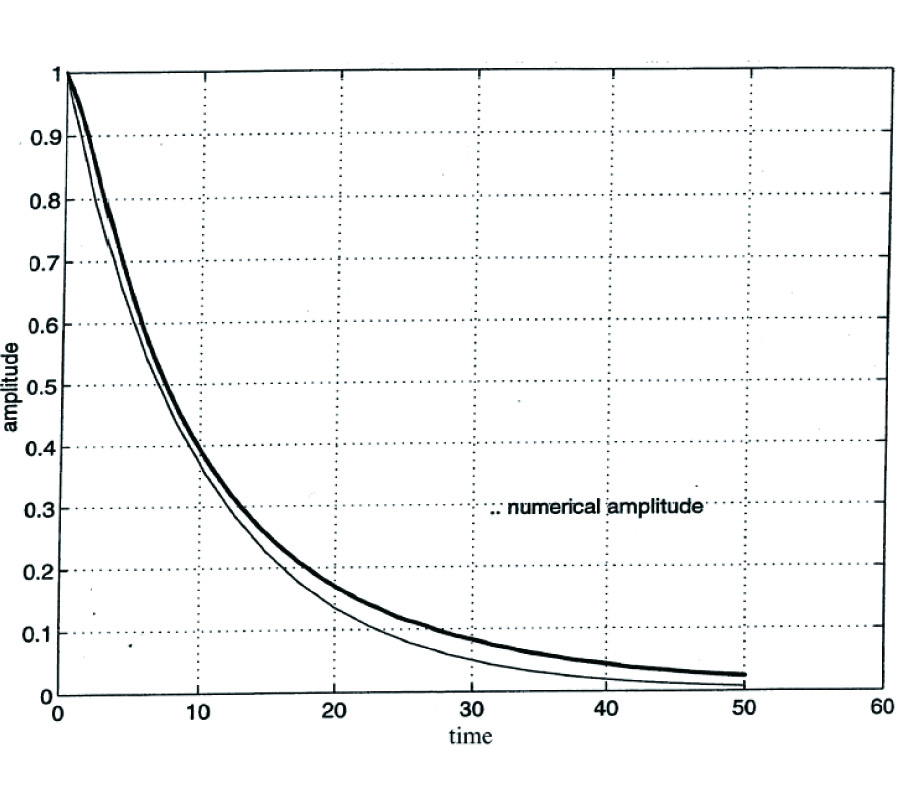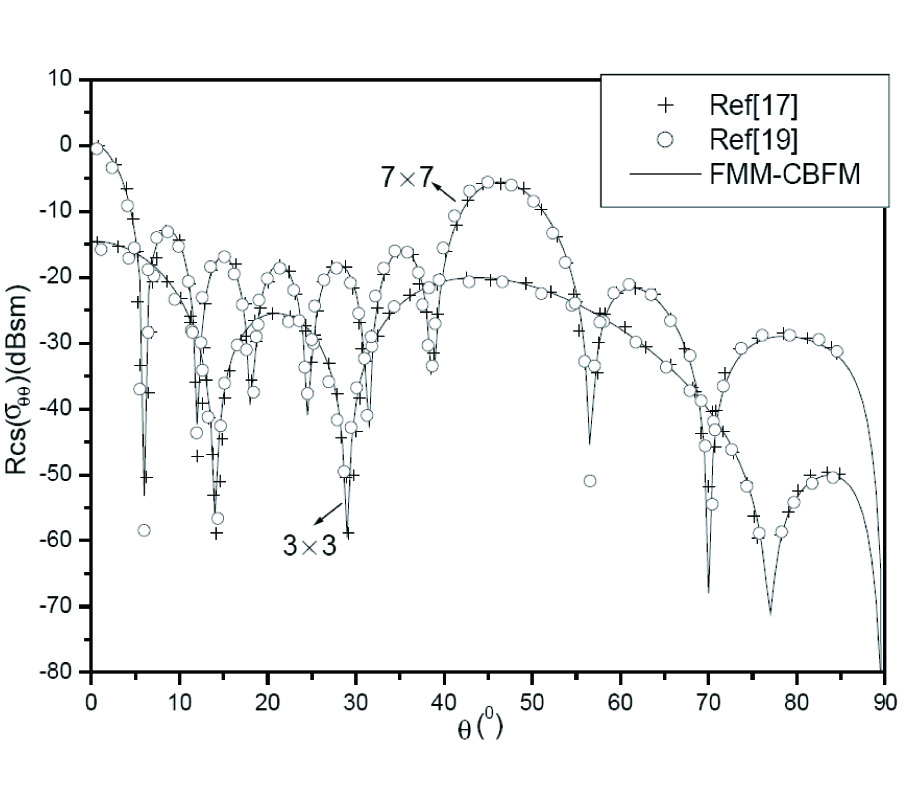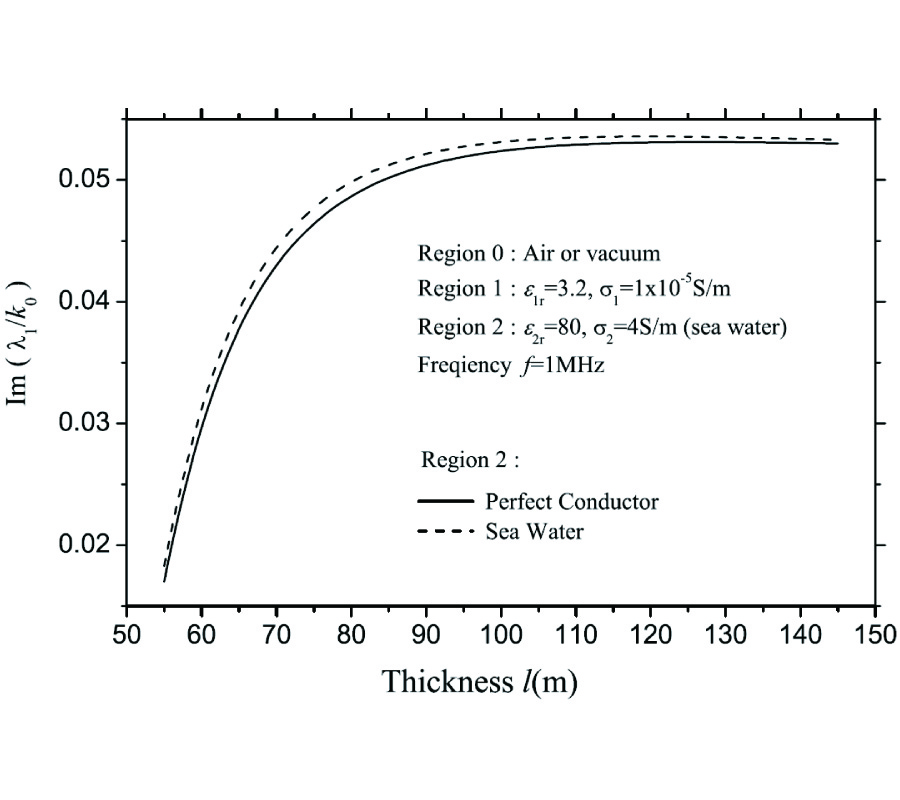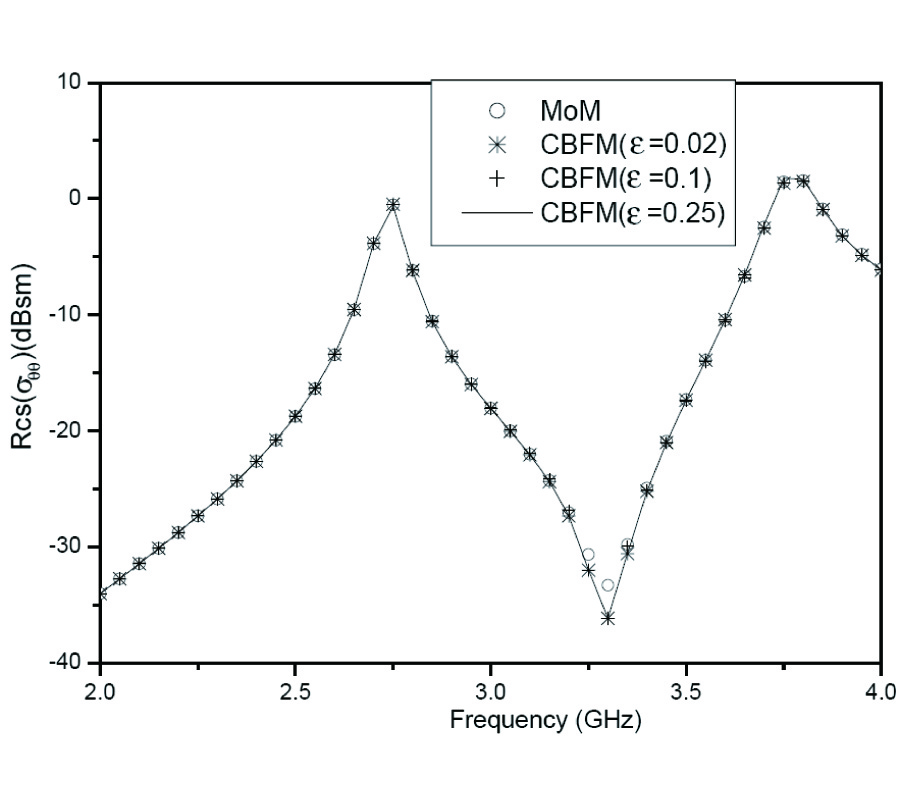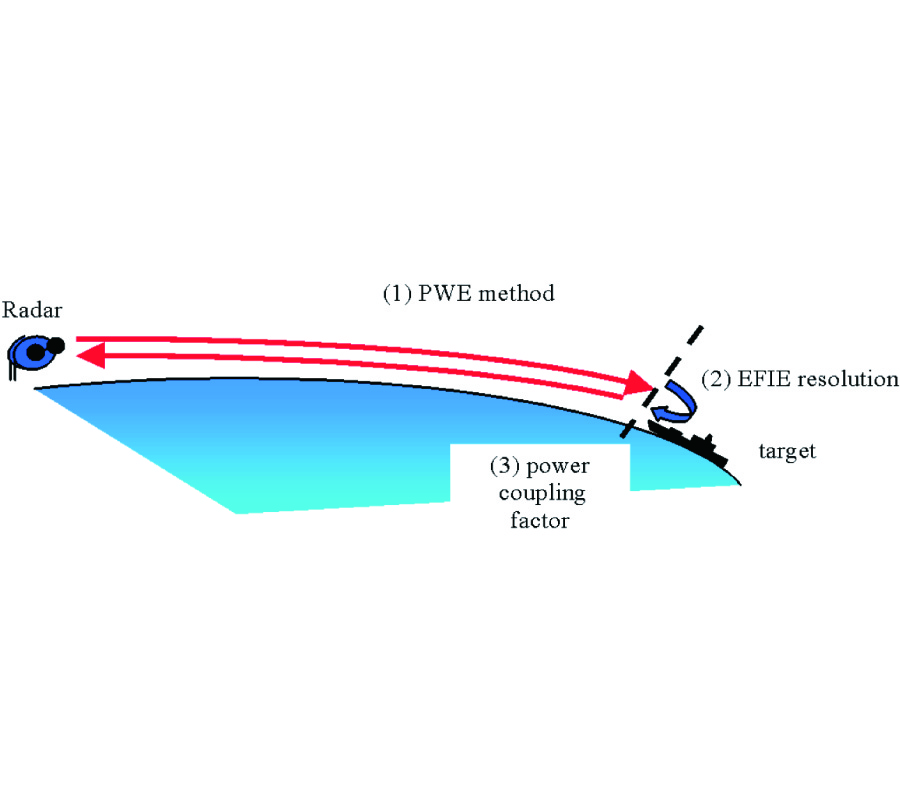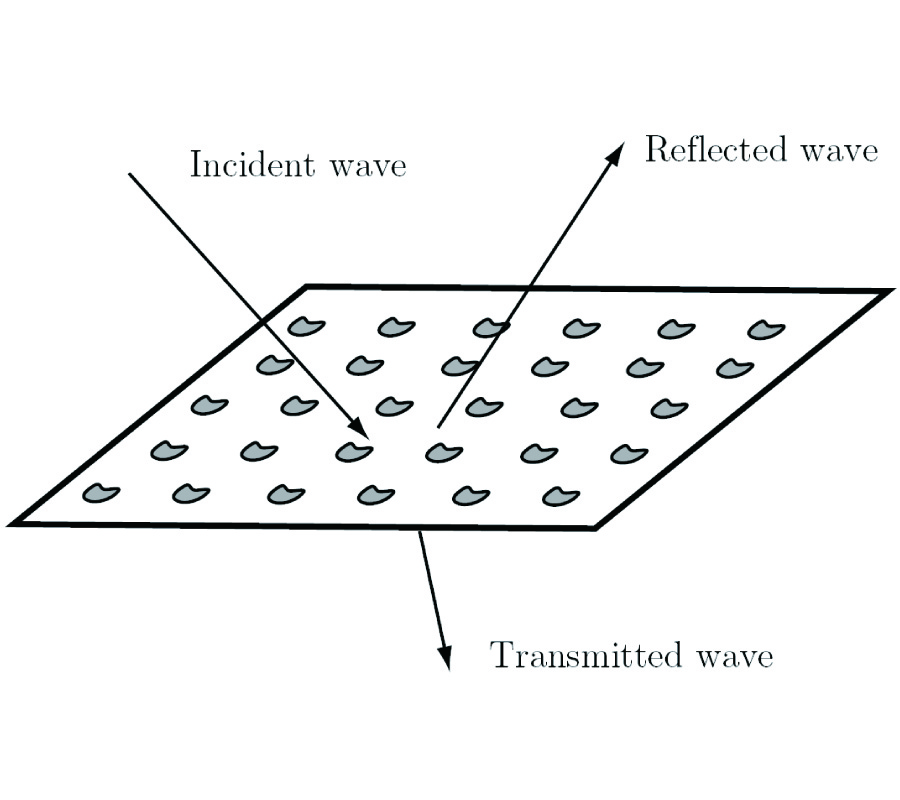The Masar Project: Design and Development
Voon Koo
,
Yee Kit Chan
,
Gobi Vetharatnam
,
Tien Sze Lim
,
Boon-Kuan Chung
and
Hean-Teik Chuah
In 2002, the MASAR (Malaysian Airborne Synthetic Aperture Radar) pro ject was initiated at Multimedia University (MMU), in collaboration with the Malaysian Centre for Remote Sensing (MACRES). The main ob jective of this pro ject is to construct an instrument for earth resource monitoring in Malaysia. The proposed SAR system is a C-band, single polarization, linear FM radar. This paper outlines the ma jor design issues and considerations for MASAR. In particular, the design and construction of the microwave system, microstrip antenna, and a high-speed data recording system are described. The SAR processing algorithm which incorporates motion compensation capability for high resolution image generation is also outlined.



